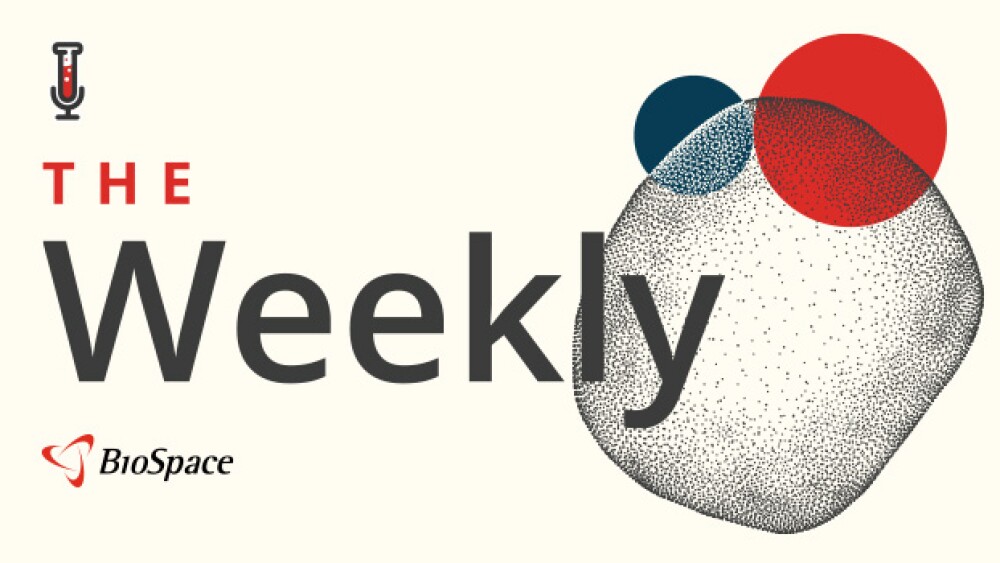The article was published in Scientific Reports, a member journal of Springer Nature, discussing “A microfluidic platform towards automated multiplexed in situ sequencing”.
We are happy to announce the publication of our latest scientific paper in collaboration with Prof. Mats Nilsson (Sci4Life at Stockholm University) and Prof. Gijs (Laboratory of Microsystems at EPFL, Lausanne).
The article was published in Scientific Reports, a member journal of Springer Nature, discussing “A microfluidic platform towards automated multiplexed in situ sequencing”. You can read the full, open-access paper here.
With this study, we take another step towards automation of in situ sequencing techniques of mRNA transcripts. In situ sequencing (ISS) is a technique that has proven useful for the molecular profiling of single cells, such as other RNA sequencing techniques, while retaining information on its spatial organization within the tissues. This is important in order to understand the functionality and the processes taking place in these cells.
Differently from regular sequencing techniques, spatial transcriptomics lacks automation due to its protocols’ complexity. Prof. Mats Nilsson, Scientific Director of the Science for Life Laboratory, explains: “Spatially resolved transcriptomics are becoming increasingly important in the Human Cell Atlas project, and for characterizing tumors. One limitation we face is that most of the methods that have become available in recent times are manual, and that is why this work towards automation is so important.”
Lunaphore’s automated instrument based on a microfluidic technology, has been able to perform ISS assays, not only showing a dramatic decrease in protocol times, but also a higher detection efficiency. The study identifies as well as a lower consumption of oligonucleotide reagents with this platform, which has a positive impact on its scale-up potential as the high cost of this reagents is often a barrier for many laboratories.
Lunaphore is currently developing a stand-alone solution to provide full-automation for multiplexed ISS. Dr. Diego Dupouy, CTO and co-founder at Lunaphore, adds: “The integration of our technology with fluorescence image acquisition will enable the automation of numerous applications in the field of in situ interrogation of tumor samples. These new techniques require complex and lengthy protocols that need to become reproducible and faster in order to pave their way to diagnostics”.




